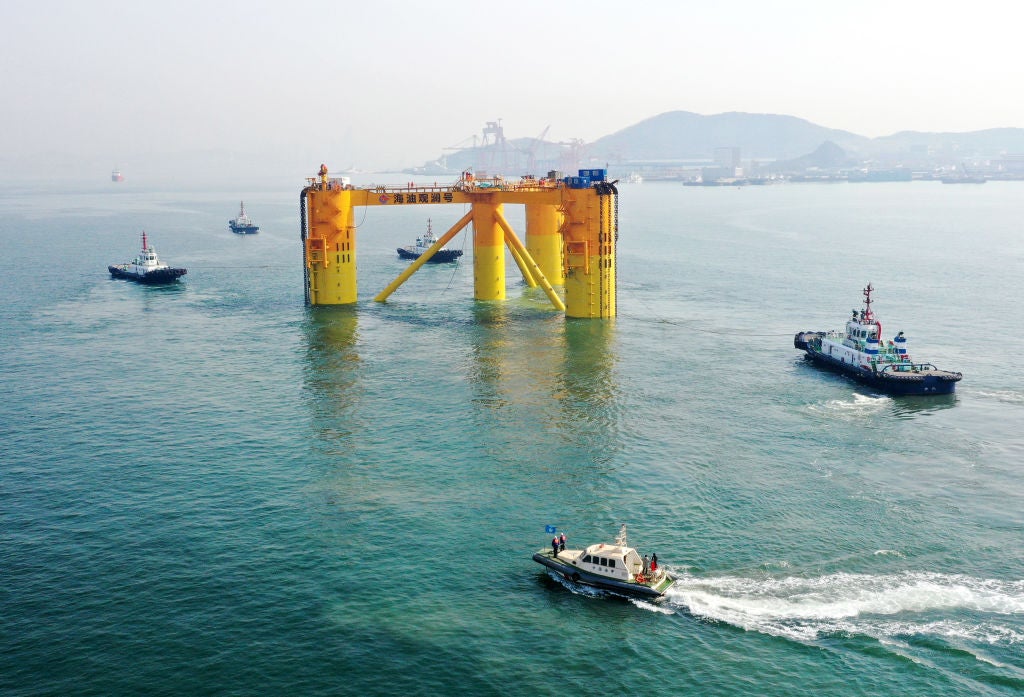
Floating offshore wind will be fully commercialised, with no need for subsidies to cover costs, by 2035, according to 60% of floating wind energy professionals surveyed for a new study by energy consultancy DNV.
DNV surveyed 244 floating wind experts, about a fifth of those project developers. A quarter of all respondents believe floating wind will already be fully commercial by 2030.

Discover B2B Marketing That Performs
Combine business intelligence and editorial excellence to reach engaged professionals across 36 leading media platforms.
In addition, almost a third – 32% – of respondents believe the operational cost of floating will be lower than that of bottom-fixed offshore wind by mid-century. This is “surprising”, says DNV, “given that floating wind is a more complex system often further from shore”. It suggests these respondents expect turbine sizes will be larger for floating than bottom-fixed; opex is typically linked to the number of turbines.
DNV also calls respondents’ pick of “standardisation” as the biggest driver of future cost reductions “interesting”. It expects wind farm and turbine size to drive the biggest drop in the levelised cost of electricity (LCOE) this decade, followed by standardisation driving industrialisation and subsequent cost reductions after 2030.
DNV’s ‘Energy Transition Outlook 2050’ expects an 80% drop in LCOE for floating offshore wind by 2050. By then, it forecasts that 15% of all offshore wind capacity will be floating (in other words, 300GW of floating offshore wind will be installed globally over the next 30 years).
Survey respondents also cited “technology standardisation” as the top way to mitigate risk in the floating wind industry. There are currently more than 50 floating wind concepts under development, DNV explains, with this variety potentially forming a barrier to cost reduction. It suggests technological standardisation could be limited until the mid-2030s, however, since few floating wind concepts will be tested commercially before the end of this decade.

US Tariffs are shifting - will you react or anticipate?
Don’t let policy changes catch you off guard. Stay proactive with real-time data and expert analysis.
By GlobalDataPorts and infrastructure are seen as the biggest risk in the supply chain. “Currently there is a significant lack of suitable ports and infrastructure for floating wind in many markets,” DNV confirms. The second most-cited supply chain risk is installation vessel availability tied with capacity. Again, DNV backs up this worry: "Even the largest vessels from the oil and gas industry have limited capacity for efficient installation of the latest floating wind farms."
Of organisations with revenue-producing business in the wind sector, 60% expect to increase investment in floating offshore wind in 2023, the energy consultancy says.





